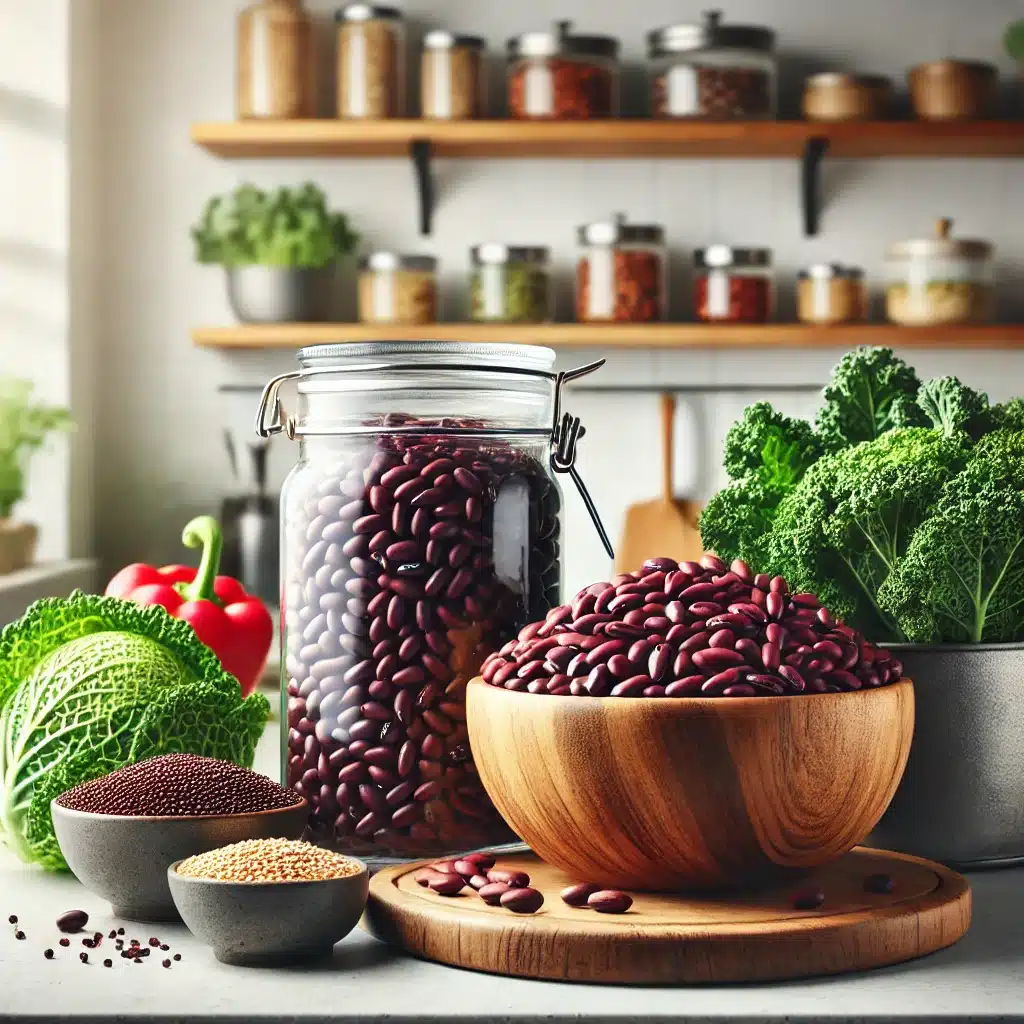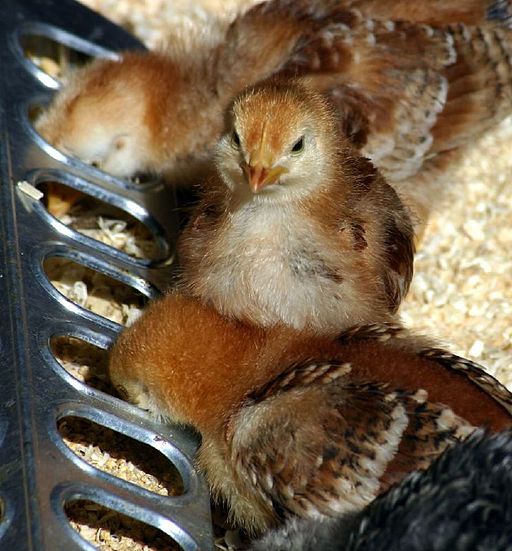When the white man arrived on the shores of North America, the folks who already lived here had been thriving for hundreds of years, using foodstuffs that were available to them. If we are smart, we might want to explore how they did things and adopt what makes sense today.
The foods they carried with them had to be light, nutritious, and energy dense. Three foods stand out as meeting all these requirements, and they are all something we can make today.
Parched Corn/Pinole/Rockahominy
Corn or maize has been a staple food of Native Americans for centuries and has been used all over North America.
Parched corn is made by baking dried corn kernels until they are toasty brown. In this state, they are less susceptible to attacks by bugs, and being toasted, most of the water is driven from them, so it takes longer for them to deteriorate.
You can parch field corn or sweet corn, but either must be dried before parching. I prefer flour-type Indian corn. There are two ways to parch corn. The simplest is to spread the dried corn on a cookie sheet and bake it in your oven at about 350 degrees, stirring often until the corn is well browned. It is then cooled and put into containers for storage. This leaves the corn with an earthy, crunchy taste, much like the “corn nuts” snack food.
The second way is to coat the corn with oil as you parch it. You can do this with the above method by spritzing oil on the corn before you parch it. You can also prepare it in a skillet on the stovetop. Add a small amount of oil to the dried corn in the skillet. Stir and shake it often to toast the corn to a golden brown.
The oil method is a more modern method (and the method my great grandmother used). It lends itself well to adding flavor to your parched corn. Salt, seasoned salt, or powdered ranch dressing can make a tasty snack of corn parched like this.
Get started with your emergency preparations with our 72-hour meal kit!
Parched corn could be used as a trail food, but Pinole or Rockahominy was more common.
Rockahominy should not be confused with regular hominy, which is treated in lye. Rockahominy and Pinole are nothing more than parched corn that has been ground into coarse cornmeal and sometimes had other things added to them. Rockahominy is the eastern term, whereas Pinole is what it is called in the west.
Native Americans sometimes added maple sugar to the Rockahominy. In the nineteenth century, white men would add chocolate to the mix for added nutrition.
Rockahominy/Pinole is eaten by mixing two to four tablespoons of the mixture into a cup of water and drinking it down. That’s it: quick and easy.
The advantage Pinole has over plain corn meal is that it lasts much longer in your body. If you eat a bowl of corn meal mush for breakfast, you will be hungry again in three or four hours since your body will have digested it and used it up. With Pinole, it takes your body a much longer time to digest your food, and it gives you a steady stream of energy over a greater length of time.
Daniel Boone, Simon Kenton, and other long hunters and surveyors used Rockahominy/Pinole extensively in their adventures in the late eighteenth century. A few pounds could sustain a man in the wilderness for many months.
Jerky
Jerked meat or jerky is simply lean meat dried far enough to slow down deterioration. The word Jerky comes from the Spanish “charqui,” which itself comes from Peruvian “ccharqui.” It means flesh cut into flakes and dried without salt. In Africa it is called “biltong”.
The jerky you buy at the local gas station isn’t the same as what Native Americans had. Modern jerky is full of preservatives, flavors, and chemicals to keep it soft and palatable. I once took some of my homemade deer jerky to work to share and was told I dried it too long. You see, my jerky is brittle—I make it that way so it will keep longer.
To make jerky, you will need to cut lean meat into thin strips up to 1/4 inch thick. Make sure you have the fat trimmed off, as it will tend to turn rancid in storage. I have found not to worry about all the other ligaments and stuff, as it gives you something to gnaw on while you are enjoying your finished product.
Nowadays you should soak the meat in a brine to retard deterioration even further. Native Americans didn’t always have that option unless they lived near a source of salt, but you do. Modern brine usually starts with soy sauce or plain salted water. Many more things can be added to the brine for flavor or for their preservative properties.
Other additives may include:
- Worcestershire sauce
- Brown sugar
- BBQ sauce
- Black pepper
- Cayenne pepper
- Liquid smoke
- Mustard seed
- Mustard powder
- Cinnamon
- Garlic powder
- Onion salt
- Chili powder
- Hot pepper sauce
- Vinegar
- Teriyaki sauce
- Plus just about any other spice you can think of
I make my brine by starting with a 50/50 mix of soy sauce and water, enough to cover the meat in a shallow bowl. I then grind some sea salt into it (as with all these ingredients, how much is up to you and your tastes). I then add some Worcestershire sauce, cayenne pepper, garlic powder, onion salt, and black pepper. Last comes liquid smoke. A little goes a long way, so I just use a dash or two. If you like your jerky spicy, put in a bunch of liquid hot sauce.
Let the meat soak in the brine for at least a couple of hours and up to a couple days in the fridge. Be sure to stir the meat from time to time to make sure the brine gets soaked into all of it well.
I use a dehydrator to make my jerky; if you do too, follow the manufacturer’s instructions for your particular machine. You can also make jerky on the wire racks of your oven, in a smoker, or by building a rack and sun drying it with a smudge fire keeping it smoked to keep insects away.
The Amazing “Aztec Super-Food” Used By Top Survivalists For Mission-Critical Strength And Endurance!
When you put your jerky on your racks is when to add extra flavor. I like to take my black pepper grinder and put a layer of coarse ground pepper on one side of the jerky while it is still wet. Other things to try can include brown sugar, mustard powder, honey, or teriyaki sauce. A word of warning though: only experiment a little with something new since it may not work or taste good to you.
If you want your jerky to be trail-worthy and able to keep for a while, dry it until it is brittle and breaks when you try to bend it.
Pemmican
Once you have made your jerky, you can make some of it into genuine pemmican.
Some call their jerky pemmican. The Hudson Bay Company would make 18” x 24” bags of buffalo hide and fill them with layers of dried meat and fat, sometimes adding dried currants, and called it pemmican. However, real pemmican is a mixture of pulverized dried meat, dried fruit if available, and fat. It is rolled into balls and pressed into cakes or stuffed and sewn into hide bags.
To make traditional pemmican, take your jerky that has been dried until it is brittle and pound it until it is about the consistency of sand (or finer, if you prefer). The finer you get it, the easier it will be to mix. The same goes for any dried fruit you want to add. Rose hips were commonly used and are a good source of vitamin C, but any dried fruit may be used.
Mix the meat and fruit together well, even to the point of running them both through a meat grinder. After the meat and fruit are mixed, pour rendered fat over them and mix together well.
Proportions of each ingredient are up to you, as long as you use meat as your base. You can add up to equal amounts of fruit and fat, but don’t add more of either than you have meat. I feel the best mix is equal meat and fat with a half portion of fruit added. This higher fat content will allow it to keep longer, but in the end, you must make it so you like it. The least amount of fat to add would be half the amount of meat.
After you have the pemmican well mixed, you must decide how you want to package it. Traditionally you would start making balls about the size of a large meatball. Each ball is then set aside to cool and allow the fat to set up or harden. You can also make patties just like a hamburger and let them set up. One of the slickest ways I have seen that is a little more modern is to press the mixture into muffin pans to harden. You can also just pack it all into a big container and remove what you want each time you use it.
At home put it in a container in the freezer, and it will last a long time. On the trail, zip lock bags are best. Native Americans carried it in buckskin bags. Many times balls of pemmican were stored in the same bag with Pinole.
A more modern pemmican can be made by replacing the fat portion with peanut butter. While this makes the plain eating arguably more palatable, it takes away from the taste when you cook with it.
Pemmican can be eaten as is, sliced and fried, roasted, or cooked into a stew with some flour or Pinole. Serving size depends on how you are cooking it and what you have to go with it. A handful of Hudson Bay pemmican was said to feed two men.
Native Americans carried these nutrient-rich, energy-dense foods because their survival depended on what they could easily carry. If they worked well in the past, they can work well for us in the present. Add a little evergreen tea and some trailside greens, and you can live on this diet indefinitely.












